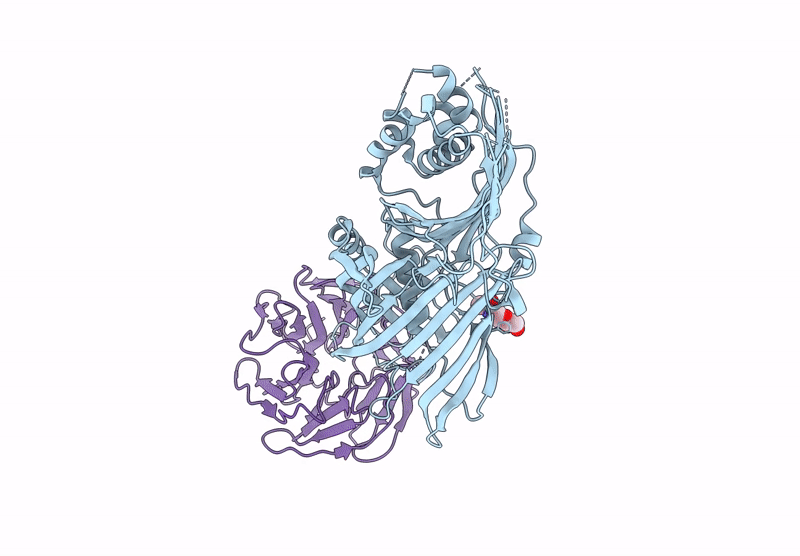
Deposition Date
2024-04-11
Release Date
2024-12-25
Last Version Date
2025-03-05
Method Details:
Experimental Method:
Resolution:
4.80 Å
Aggregation State:
PARTICLE
Reconstruction Method:
SINGLE PARTICLE


